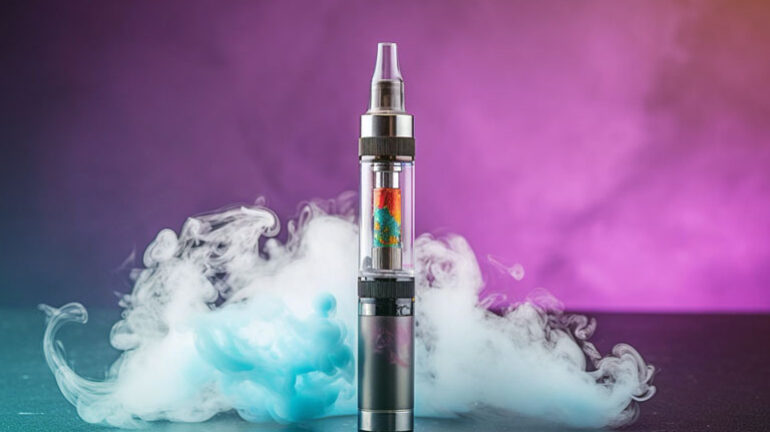
Vaping and smoking are both methods of consuming nicotine, but they differ significantly in their delivery mechanisms, health effects, and social perceptions. Here’s a comparison of vaping vs. smoking:
- Delivery Method:
- Vaping: Involves inhaling vaporized e-liquid (often containing nicotine) produced by an electronic device such as an e-cigarette, vape pen, or mod. The e-liquid is heated by a battery-powered heating element, turning it into vapor.
- Smoking: Involves burning tobacco and inhaling the resulting smoke into the lungs. Smoking can also involve other substances, such as marijuana, rolled into cigarettes, cigars, or pipes.
- Health Effects:
- Vaping: While vaping is generally considered to be less harmful than smoking traditional cigarettes due to the absence of tar and combustion-related toxins, it is not without risks. Vaping has been associated with lung damage, cardiovascular issues, and potential addiction to nicotine.
- Smoking: Smoking tobacco is a leading cause of preventable death worldwide and is linked to a wide range of serious health conditions, including lung cancer, heart disease, respiratory issues, and stroke. The combustion of tobacco produces thousands of harmful chemicals, many of which are carcinogenic.
- Nicotine Content:
- Vaping: E-liquids used in vaping devices can contain varying levels of nicotine, ranging from high concentrations for heavy smokers to nicotine-free options. Users have the flexibility to choose their preferred nicotine strength.
- Smoking: The nicotine content in cigarettes is relatively standardized, although it can vary depending on the brand and type of cigarette. Cigarettes typically deliver nicotine quickly to the bloodstream, leading to rapid addiction and dependency.
- Secondhand Exposure:
- Vaping: While secondhand exposure to vapor from e-cigarettes may pose some health risks, studies suggest that it is generally less harmful than secondhand smoke from traditional cigarettes. However, more research is needed to fully understand the potential health effects.
- Smoking: Secondhand smoke from cigarettes is well-documented to be harmful to non-smokers, causing various health problems, including respiratory issues and an increased risk of heart disease and cancer.
- Social Perception and Regulations:
- Vaping: Vaping has faced scrutiny and regulation, particularly regarding its appeal to youth and potential long-term health effects. Public perception of vaping varies, with some viewing it as a harm reduction tool and others as a new form of nicotine addiction.
- Smoking: Smoking has been increasingly stigmatized over the years due to its well-established health risks and the implementation of smoking bans in public places. Smoking rates have declined in many countries as a result of anti-smoking campaigns and tobacco control policies.
In summary, while vaping is often considered a less harmful alternative to smoking traditional cigarettes, it is not risk-free and may still have adverse health effects. Quitting smoking altogether remains the best option for improving health outcomes. Individuals considering vaping as a smoking cessation tool should consult with healthcare professionals for guidance and support.